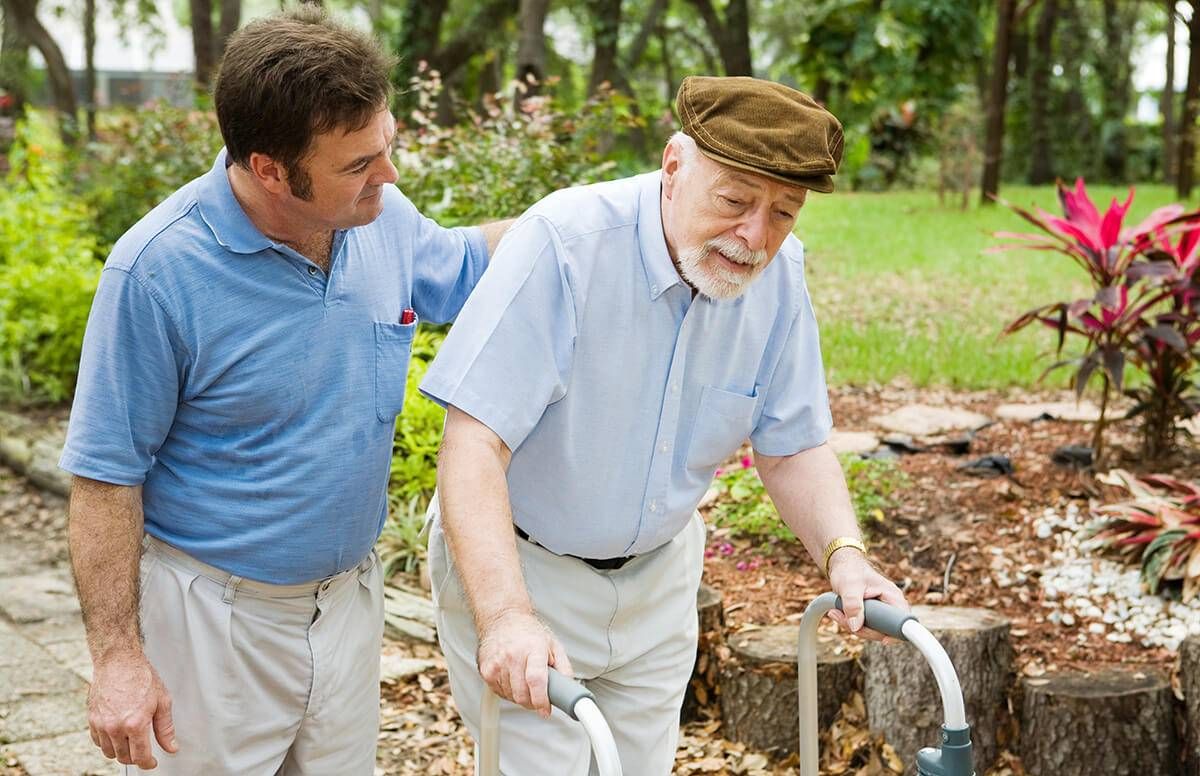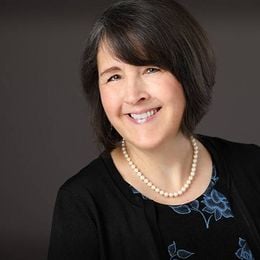4 States Are Recognized for Improving Older Adults' Lives
The SCAN Foundation highlights efforts to boost care and support caregivers
A national nonprofit dedicated to preserving the dignity and independence of older adults has recognized four states for their “progress made in improving the lives of older adults, people with disabilities and family caregivers.”

The SCAN Foundation, based in Long Beach, Calif., named Vermont, Wisconsin, Minnesota and New York as “pacesetters.” They were chosen for the Pacesetter Prize based on their performance in four aspects of AARP’s 2017 Long-Term Services and Supports State Scorecard. (Full disclosure: The SCAN Foundation is a Next Avenue funder.)
The scorecard, now in its third edition, has shown that the pace of change in caring for older adults is not fast enough in this country, said The SCAN Foundation president and CEO Dr. Bruce Chernof.
“There are too many places, there are too many states, that are not moving quickly enough to build a more integrated and community-oriented set of services,” said Chernof, speaking at an event last month recognizing Minnesota as one of the award recipients. “So we thought it was important to take a moment and recognize those states that are providing incredible leadership in achieving the kinds of outcomes that we should all want for ourselves, our families, our loved ones and the communities that we live in.”
AARP published previous scorecards in 2011 and 2014. Several states have made the Top 10 in all three editions: Washington, Minnesota, Oregon, Wisconsin, Hawaii and Colorado. States in the Bottom 10 in all three were Indiana, Kentucky, Alabama, Mississippi, Tennessee, Florida, West Virginia and Oklahoma.
The 4 Pacesetter Prize Winners
Here's why the four states were deemed to be pacesetters:
Vermont One of the fastest-aging states in the country, Vermont won recognition in the area of "affordability and access."
Among its successes: improved affordability of home care and nursing home care; improved access to Medicaid for low-income adults with disabilities; having no waiting list for home- and community-based services for high-need adults who qualify for nursing home-level care and higher pay rates for home-care providers to help attract a skilled workforce.
For the future, Vermont is investing in its Medicaid information technology systems.
The majority of states had “no meaningful change” in affordability and access, the report said, noting that “the cost of LTSS [Long-Term Services and Supports] over time remains much higher than what middle-income families can afford, and most adults do not have private long-term care insurance.”
Wisconsin Programs that connect people to community services they need made Wisconsin stand out in the area of "choice of setting and provider."
Wisconsin is completing the expansion of two programs statewide that “will eliminate all remaining waiting lists for home- and community-based services,” The SCAN Foundation said. Both programs help older adults live more independently.
Wisconsin also strengthened efforts to help nursing home residents move back home or to another place in the community. And two state departments worked together to expand the low-income housing tax credit, which created more affordable housing units for people with needs in the area of long-term services and supports, SCAN said.
Minnesota The North Star state won the award for Support for Family Caregivers. In the 2017 scorecard’s overall ranking of all states and the District of Columbia, Minnesota actually came in at No. 6, but “Minnesota has made more progress by far than any other state in the country,” Chernof said.
One of the ways it excelled in support for family caregivers: It passed the Caregiver Advise, Record, Enable Act (CARE), which requires hospitals to notify caregivers when an older adult is being discharged and give instructions on how to provide care. (The law has been passed in 35 other states.)
Minnesota also expanded sick leave benefits for people caring for a sick relative, such as an older adult, spouse or sibling. Previous law required the benefit cover only care for a sick child.
And the state’s Return to Community program helps people return home or to another community setting before they become long-term nursing home residents — in part by supporting family caregivers.
New York Transitioning from one care setting to another can be fraught with difficulty for older adults. New York was recognized for Effective Transitions for making “significant reforms to improve care transitions, support community living and reduce avoidable hospitalization and nursing home stays.”
The state expanded programs to help people move from institutions to community-based supportive housing. A new state law provides more training for home health aides to do more nursing tasks, such as giving medications in homes.
New York also directed Medicaid funding to create new supportive housing units.
And its New York Connects program gives older adults information about community-based services they may need.


